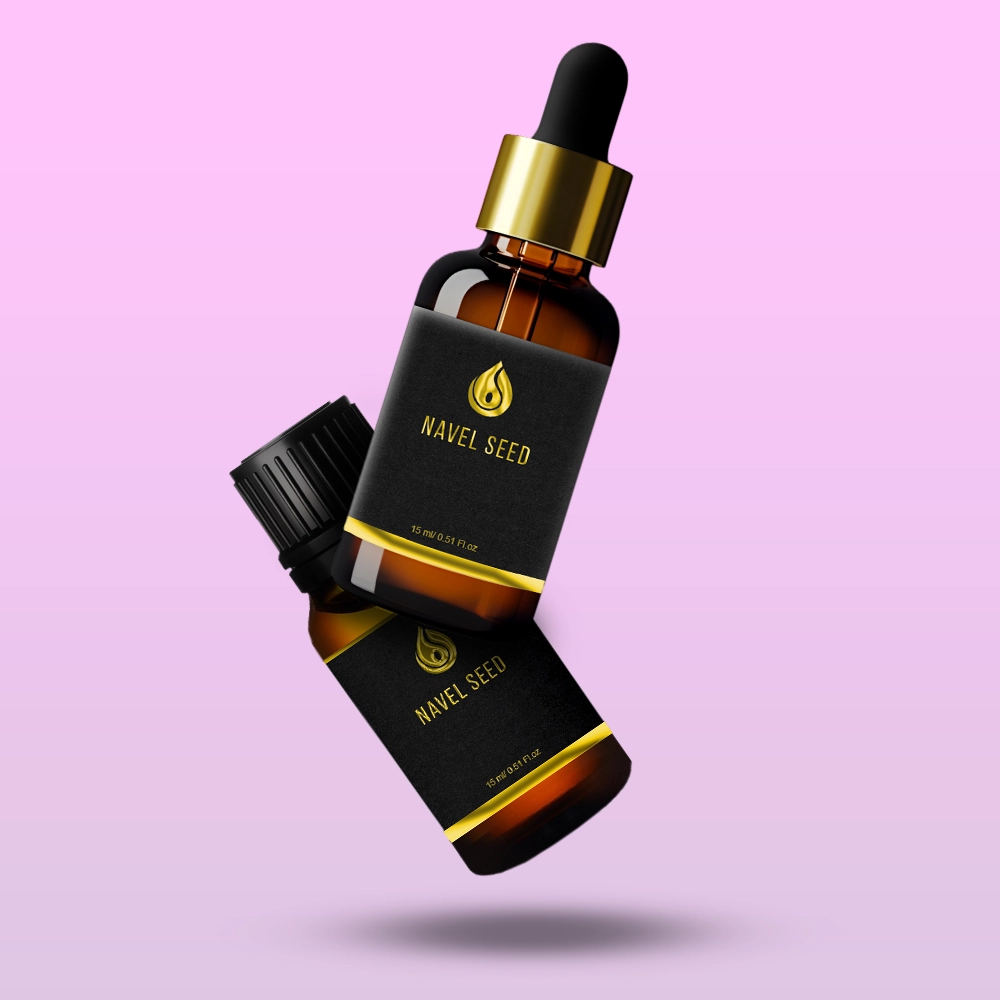How To Properly Clean a Wound at Home?
Cleaning a wound is an important step in the healing process. Whether the wound is big or small, it’s important to know how to clean it properly so it can heal correctly and quickly.
This article will discuss the best ways to clean a wound at home. We’ll also provide tips on how to keep the wound clean and free from infection. So, whether you’ve just had surgery or suffered a minor injury, read on for all the information you need to properly clean a wound.
Why Clean a Wound?
It’s important to clean a wound with a wound cleanser because leaving it open to the elements can lead to infection. Not only that, but it’s also crucial for the wound to heal properly and without any scars.
You might be tempted to leave the wound alone and let it heal on its own, but that’s not the best course of action. By not cleaning the wound, you’re increasing your risk of infection and delaying the healing process.
That’s why it’s important to properly clean a wound at home. There are a few different methods you can use, depending on the severity of the wound and your personal preferences. Just make sure you take care of the wound and keep it clean, which will eventually heal nicely.
What Supplies Do I Need to Clean a Wound?
Before you can clean a wound, you need to gather some supplies. Here’s what you’ll need:
- Clean cloths or paper towels
- Warm water
- Soap or detergent
- Antiseptic solution, such as hydrogen peroxide, iodine, or alcohol
- Antimicrobial wound spray
- Sterile adhesive bandages
If possible, avoid using cotton balls and swabs. The fibers can stick to the wound and increase the risk of infection.
How Do I Clean a Wound?
Step one is to stop the bleeding. Apply pressure to the wound with a clean cloth, and if the bleeding is severe, seek medical attention immediately.
Once the bleeding has stopped, it’s time to clean the wound. For this step, you’ll need a bowl of warm water, mild soap, and a clean cloth. Soak the cloth in the water, wring it out, and then apply it to the wound. Gently rub the cloth over the wound to remove any dirt or debris.
If the wound is dirty or has debris that you can’t remove with water, you can use a saline solution to help loosen it up. Just mix a teaspoon of salt into a cup of warm water and stir until it’s dissolved. Soak the cloth in this solution and apply it to the wound. Again, gently rub it over the wound to dislodge any debris.
Once the wound is clean, dry it with a fresh cloth and apply a bandage to protect it.
How Often Should I Clean a Wound?
You should clean a wound every day with an antimicrobial wound cleanser. But how often you need to do it depends on your wound type.
If you have a deep cut or puncture, you’ll need to clean it more often to prevent infection. The same goes for wounds that are slow to heal.
On the other hand, if you have a minor cut or scrape, you can probably get away with cleaning it once a day or every other day. Just make sure to keep an eye on it and clean it more often if it starts to look dirty or infected.
What Are Some Signs That a Wound Is Infected?
If a wound is healing properly, it will go through several stages. First, there will be bleeding and swelling. Then, the blood will clot, and a scab will form. Finally, new tissue will grow, and the wound will close.
However, sometimes a wound can become infected. This usually happens when bacteria enter the wound. Signs that a wound is infected include:
– increased redness around the wound
– increased swelling
– pain or tenderness
– warmth around the wound
– pus or drainage from the wound
– fever
– chills
– fatigue
When Should I Seek Medical Attention for a Wound?
You should seek medical attention for a wound if:
– The wound is more than ¼ inch deep.
– The sides of the wound gap when you pull them apart.
– You can see bone, tendon, or muscle in the wound.
– The wound has persistent redness, swelling, or drainage.
– You develop a fever over 100.4 degrees Fahrenheit.
Conclusion
It’s important to clean a wound properly to prevent infection. You should always clean a wound with soap and water. You may need to use an antimicrobial cleanser if the wound is dirty.
You should also spray the wound with a wound spray. This will help kill any bacteria that may be present.
Finally, you should apply a McKesson wound cleanser to the wound. This will help keep the wound clean and moist.














Post Comment